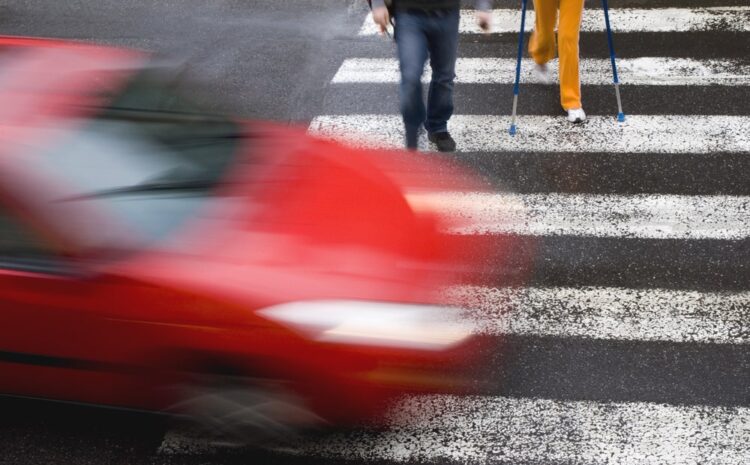
Walking is a simple, healthy, and often necessary way to get around, especially in cities and busy neighborhoods. But no matter how careful we are, walking near traffic always carries a risk, and pedestrians are among the most vulnerable people on the road. While drivers are responsible for staying alert and following the law, pedestrians also benefit from knowing how to reduce their risk of being hit.
How Can I Protect Myself As A Pedestrian In High-Traffic Areas?
Many serious injuries and fatalities happen close to home or during routine outings. If a collision does occur due to a negligent driver, you have the right to pursue compensation through a personal injury claim. Our injury law firm can help individuals understand their options, but prevention is always the first priority.
Make Yourself Visible
One of the best ways to stay safe is to increase your visibility. Most pedestrian accidents happen when drivers say they didn’t see the person walking. Wear bright or reflective clothing when walking during early morning, evening, or nighttime hours.
If you’re crossing poorly lit streets, carrying a flashlight or using the light on your phone can also help alert drivers to your presence. Avoid wearing dark clothing in low-light conditions, especially if you’re walking along roads without sidewalks.
Use Crosswalks And Intersections
Crossing at designated areas—such as marked crosswalks or intersections—gives you the best chance of being seen and followed by traffic laws.
Avoid crossing mid-block or stepping into the street from between parked cars, where drivers are less likely to expect a pedestrian. Even when using a crosswalk, don’t assume a driver will stop. Make eye contact with the driver before crossing and wait until it’s clear that the vehicle is yielding.
Stay Alert And Avoid Distractions
Just as drivers need to focus, pedestrians also need to stay alert. Avoid looking at your phone or wearing headphones while walking near traffic. Being distracted can delay your reaction time and prevent you from hearing an approaching vehicle or emergency signal.
Walking defensively—by watching for turning cars, sudden lane changes, or vehicles backing out of driveways—can make a significant difference in your safety.
Face Traffic When No Sidewalk Is Available
If you must walk along a road without a sidewalk, always walk facing oncoming traffic. This gives you a better view of approaching vehicles and allows you to react more quickly if needed. Keep as far to the left as possible and stay alert to any vehicles that might veer toward the shoulder.
Be Extra Cautious In Driveways And Parking Lots
Many pedestrian accidents happen not on major roads but in places like parking lots and driveways. Drivers may not expect foot traffic, or they may be looking only for other cars. Be especially careful when walking past entrances and exits where visibility is limited. Take your time, watch for brake lights, and make sure you are seen before passing behind a vehicle.
Talk To Children About Safe Habits
Children are especially vulnerable as pedestrians. Teaching kids to stop at corners, look both ways, and wait for adult guidance when crossing can help build safe habits early. Since kids are often shorter and less visible to drivers, supervision is also important in high-traffic areas.
What To Do If An Accident Happens
Even when you follow every safety tip, an accident can still happen. Drivers who are distracted, speeding, or impaired may fail to notice someone in the road. In these cases, legal support from an experienced pedestrian accident lawyer can help victims and their families recover compensation for medical costs, time away from work, and long-term effects.
Attorneys like our colleagues at the Choulos & Tsoi Law Firm can attest to how important it is to understand your rights if you’ve been hit by a car. Seeking help from your attorney is a key step in protecting your future after a traffic injury.



